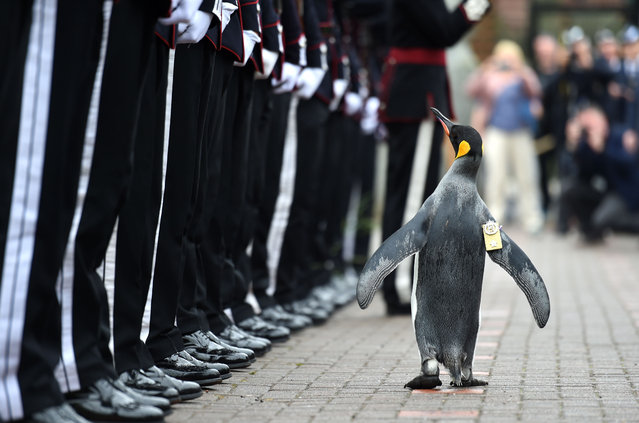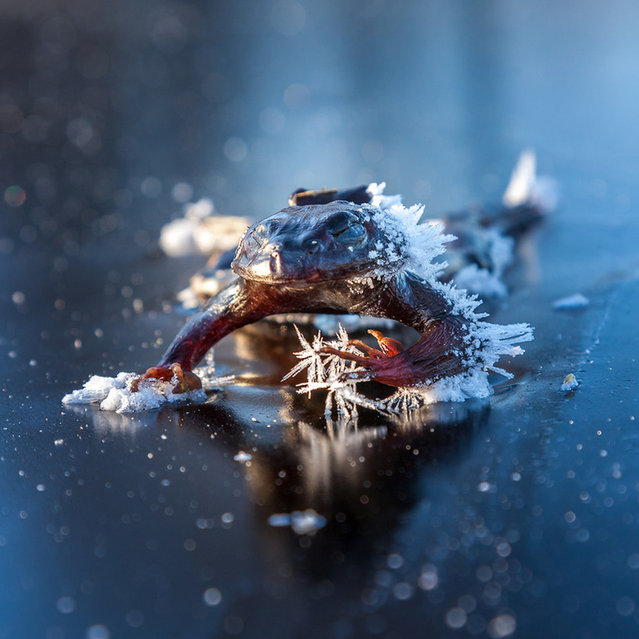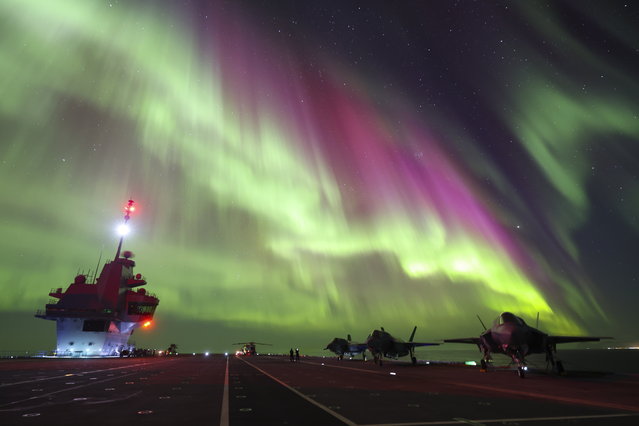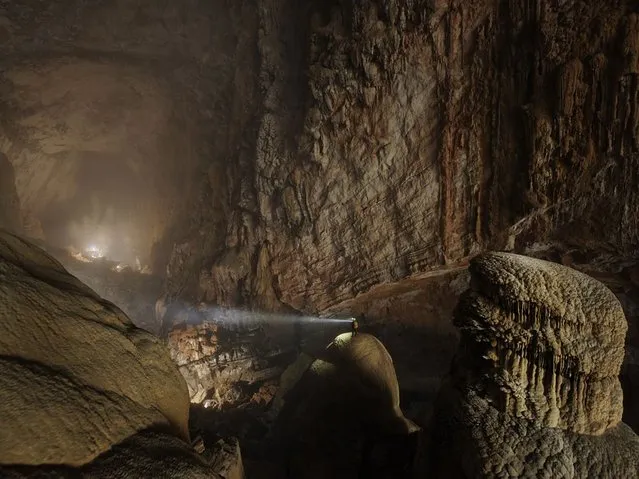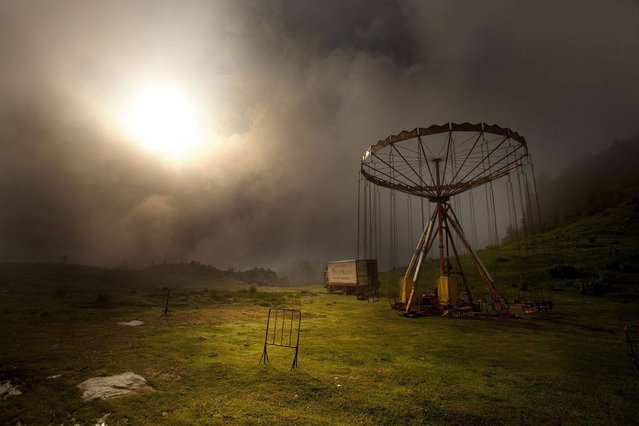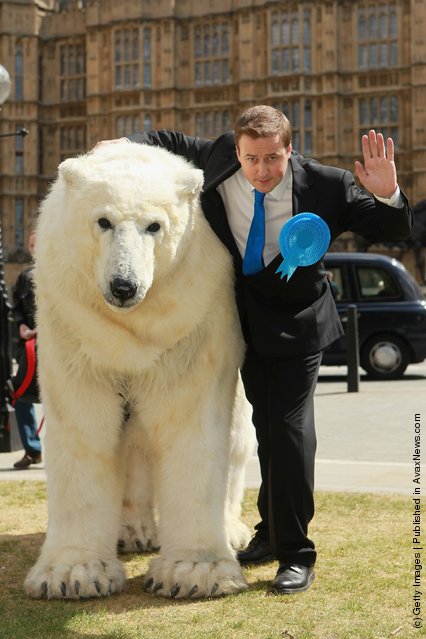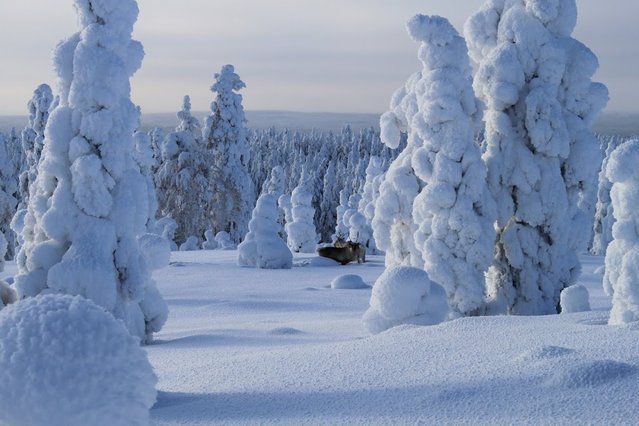
Capturing the true essence of Christmas, Lapland is the perfect place to take your family for the holiday period. Situated in the arctic regions of northern Sweden, Finland and Norway, there are a villages in each country around where you can enjoy the full festive experience.
23 Dec 2014 14:30:00,post received
0 comments

